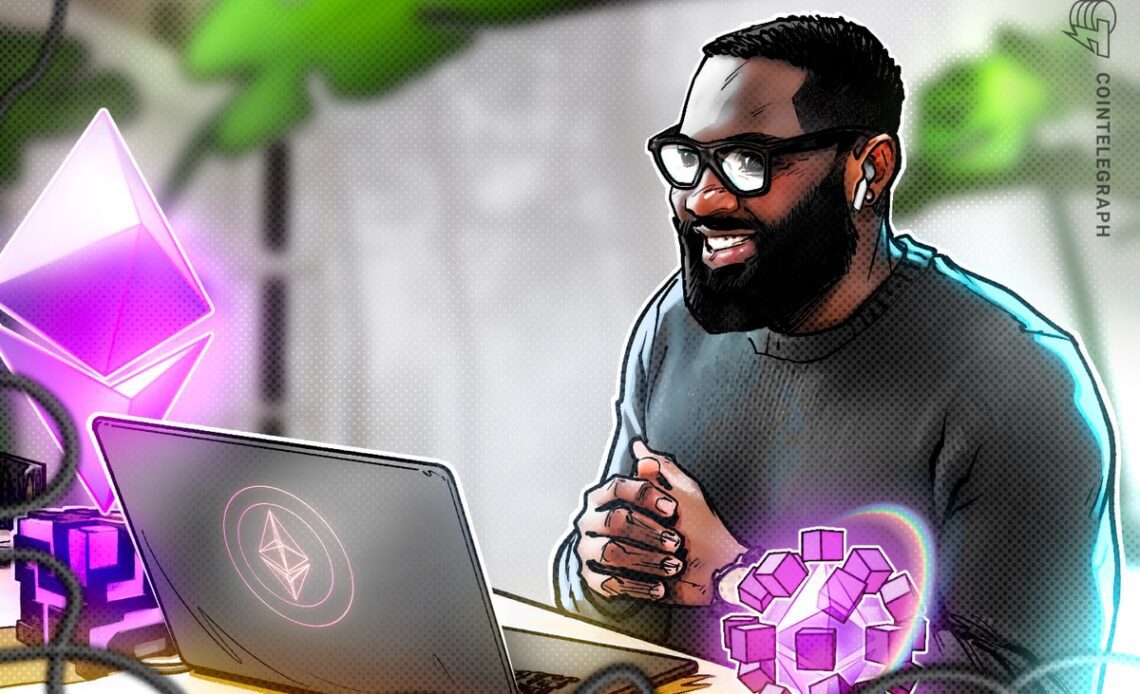The Ethereum DApps ecosystem is thriving, and the potential for decentralized applications (DApps) is immense. Who wouldn’t want to participate?
Developers can now build applications with their own native coins or nonfungible tokens (NFTs) on secure blockchain networks to serve any purpose — from financial and industrial use cases to social media sites and, of course, for gaming.
Let’s look at some questions developers might have and how they can get started on an Ethereum DApp project.
What are DApps?
DApps are blockchain-based versions of the applications and software we use daily. They are powered with smart contract technology and built on smart contract-enabled blockchains like Ethereum.
The main benefits of DApps are that they can run on decentralized blockchains controlled by technology or community methods of governance rather than single corporate entities. With blockchain networks, DApp data doesn’t live in a single place, so there’s higher network security. DApps use cryptocurrencies, which makes allocating and transferring value, or making payments, far easier and less costly than fiat currency transactions.
Can you build DApps on Ethereum without experience?
For those who are already software or web developers, Ethereum DApp development might come naturally with an understanding of blockchain technology, smart contracts, Solidity programming language and cryptocurrencies.
There are also platforms in development that will allow developers to build DApps with less blockchain, programming and smart contract knowledge, but it’s helpful to have some development experience.
Which blockchain is best to create a DApp?
Ethereum’s longevity in the crypto space and its popularity often make it the preferred blockchain for DApp building. The network is still innovating; it is tried and tested and has an established ecosystem for DApp development. However, one may consider the transaction or Ethereum gas fees a crucial factor to weigh against other networks before embarking on any development initiatives.
Other smart contract blockchain networks include Solana, Polkadot, BNB Smart Chain, Eos, Tron and Cardano; each has its strengths and weaknesses compared to Ethereum.
The network chosen may have implications for the interoperability, scalability, security and cost of the DApp development, as well as dictate the community of DApp users that can be reached when launched.
To decide which blockchain is best to create a DApp, developers can begin by…
Click Here to Read the Full Original Article at Cointelegraph.com News…
























